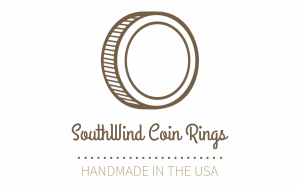Powder coating is a popular finishing process used in various industries, including automotive, appliances, furniture, jewelry, and more. It involves applying a dry powder paint onto a surface electrostatically and then curing it under heat to create a hard and durable finish.
In the powder coating process, the powdered paint is charged with an electrostatic charge, which causes it to adhere to the grounded object’s surface. This electrostatic attraction ensures that the powder evenly coats the surface, creating a smooth and uniform finish. Once the object is coated, it is typically baked in an oven where the powder particles melt, flow together, and then cure to form a solid, protective coating.
One of the significant advantages of powder coating is its durability and resistance to chipping, scratching, and fading. It also offers a wide range of color options, textures, and finishes to choose from, allowing for customization. Additionally, powder coating is an environmentally friendly alternative to liquid paint because it produces minimal waste, contains no solvents, and can be recycled.
Powder coating is commonly used on metal objects, such as car parts, outdoor furniture, machinery, and industrial equipment, but it can also be applied to non-metal surfaces like MDF (medium-density fiberboard) and glass. Overall, it provides a high-quality, long-lasting finish with excellent protection against corrosion and wear.
